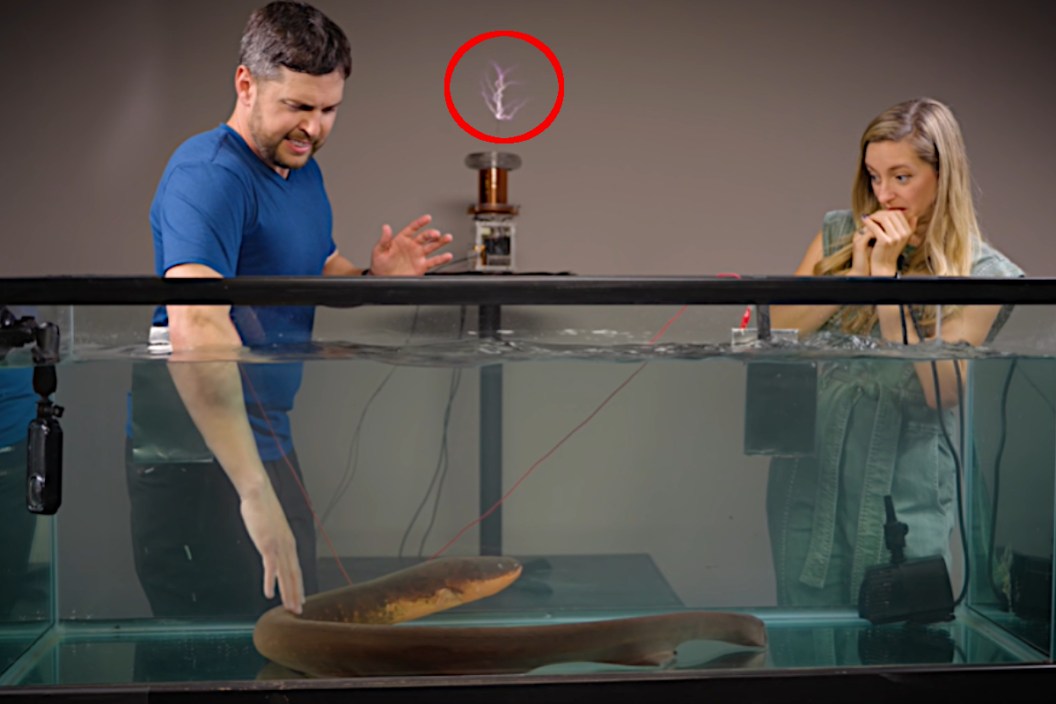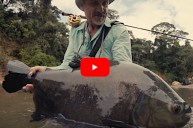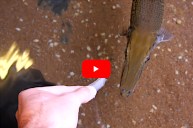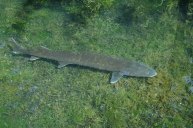The electric eel's shocking ability is quite painful for humans.
In the world of fish, few are as strange as the electric eel (Electrophorus electricus). This freshwater fish calls the shallow waters of South America's lakes and streams home. Technically, these are not true eels. They have more in common with catfish. That long dorsal fin and anal fin just gives them an extremely streamlined appearance.
In any case, this unique electric fish is almost one of a kind in nature. They really do emit an electric shock that travels through the water, allowing the fish to stun its prey for easy eating.
The electrical discharge can also serve as a form of defense. The high-voltage pulses are enough to make almost any predator think twice about continuing an attack. It is difficult to visualize just how many volts this animal's electric organs are pumping out. The folks at Brave Wilderness found a way though. More than that, they found a willing volunteer to take a shock and then describe the experience!
The secret to how these fish can produce an electric discharge comes from a unique set of organs located in the fish's abdomen. The electrocytes act as a form of natural batteries, allowing the fish shock the water whenever it wants. It is not just for predation purposes either. The electric eel's sach's organ is used primarily for navigation, producing a much lower voltage.
The main organ and hunter's organs are the real powerplants of e. electricus. They are the ones that send volts of electricity into the water to stun their prey. As you saw in this video, a shock by this eel species appears to be quite painful to humans too. This is usually thought of as a Brazilian species mostly because they are often found in the Amazon River. However, electric eels are often also found in Ecuador, Peru, Venezuela, Guiana, Suriname, and Columbia. The subspecies of electric eel include the voltra electric eel (E. voltai), and the Vari's electric eel (E. Varii).
Fortunately for humans, they do not grow much larger than the one you saw in this video. Another fascinating aspect of this creature is the fact they are air-breathers if they need to be during an especially dry season. Fortunately for humans, these guys only feed on small fish, invertebrates, and amphibians. The only danger is if you are unfortunate enough to be in the water if one decides to give a shock!
Products featured on Wide Open Spaces are independently selected by our editors. However, when you buy something through our links, we may earn a commission.
For more outdoor content from Travis Smola, be sure to follow him on Twitter and check out his Geocaching and Outdoors with Travis YouTube channels.
NEXT: THE AXIS DEER AND HOW THEY'RE IMPACTING PARTS OF THE UNITED STATES
WATCH





